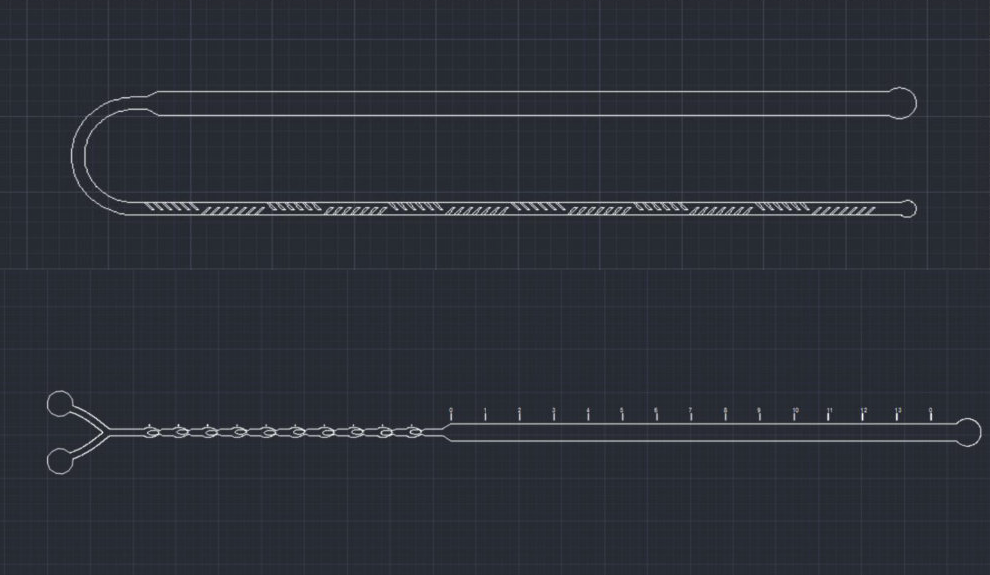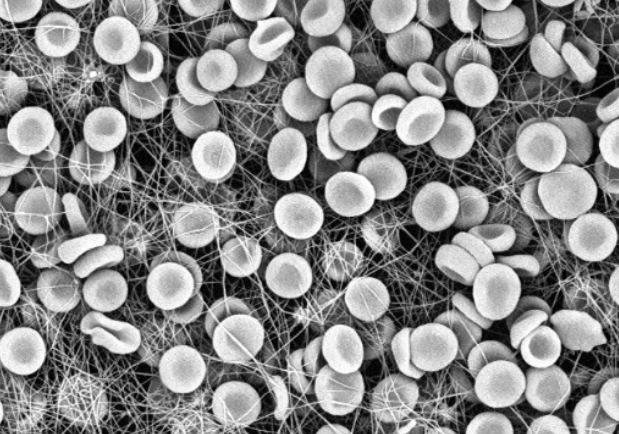Haemostasis under flow
Research to the interaction between platelets and coagulation requires a platelet rich environment without exogenous anti-coagulants. We have designed a dedicated flow chamber with a mixing device, to re-calcify citrate anti-coagulated blood under flow, just before the blood enters the reaction chamber.
Using this approach, we will have minimal pre-activation of the coagulation cascade, because the time between recalcification and entering the reaction chamber is only a few seconds. The mix chamber will be coated with collagen and tissue factor to activate both platelets and coagulation. Platelet aggregate formation and fibrin formation will be used to quantify the interplay between platelet function and coagulation under flow conditions.

Figure 1: picture of a static mix chamber
Platelet aggregation, fibrin formation and the interaction between both processes will be visualized with scanning electron microscopy (SEM), which is a technique that uses electrons instead of light to form images, allowing better resolution and higher magnification compared to light microscopes.
At Synapse Research Institute, SEM is used to perform clinical and basic research. One of our major research topics is the influence of coagulation and blood cells on fibrin clot formation. Figure 2 shows a SEM clot formed from whole blood. The interaction of the fibrin network with erythrocytes and platelets is studied using SEM images.
Figure 2: Scanning electron microscopy images of clot formed from whole blood.



